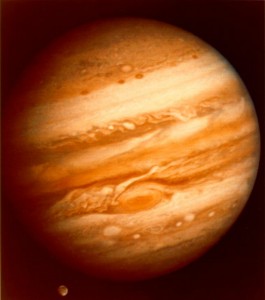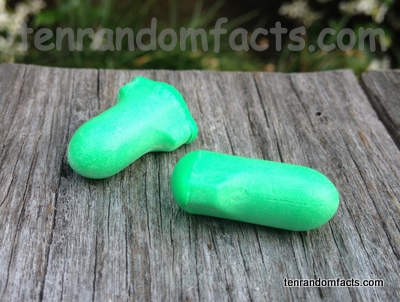
Sirens sound, the ambulance is on the way!
- Ambulances are transportation for sick or hurt people, and are often used as an emergency vehicle.
- Most ambulances are specially modified and fitted out vans packed with medical equipment, and have prominent colours and designs on the exterior to gain maximum attention.
- In an emergency, ambulances use loud sirens and coloured, flashing lights to warn people to get out of the way.
- Ambulances can be in the form of a car, train, truck, van, bicycle, trailer, motorbike, cart, bus, helicopter, wing aircraft, boat, and hospital ships.
- The word ‘ambulance’ comes from the Latin word ‘ambulare’, which means walk or move about.
Ambulance
Image courtesy of Free Stock Photos
- The first ambulances were carts and used in 1487, by the Spanish.
- There are normally two ambulance officers, paramedics, that travel in an ambulance. One drives the vehicle and the other attends to the sick person whilst in transit.
- Ambulances are more likely to be involved in a car crash than fire trucks and police cars.
- As well as containing equipment to treat patients, ambulances are also normally equipped with two-way radios, mobile data terminals, video cameras, tail lifts or ramps, trauma lighting, air conditioning and data recorders.
- In an emergency, ambulances may be allowed to use a red traffic light or stop sign as a ‘give way’ sign and/or be allowed to break the speed limit.

























